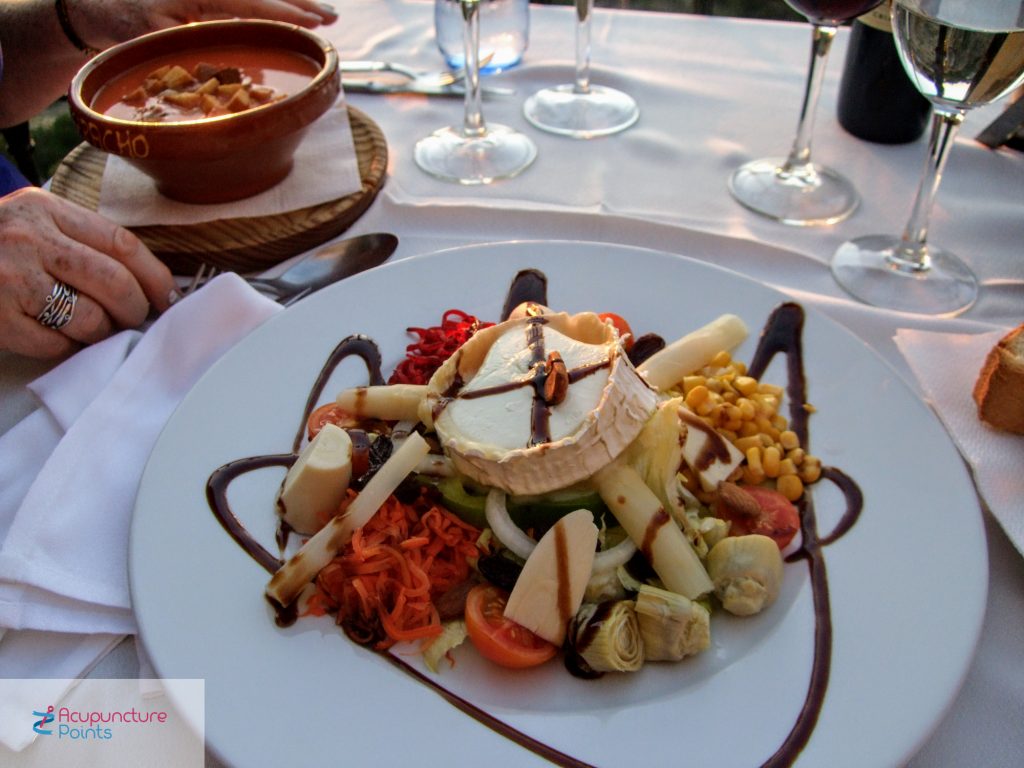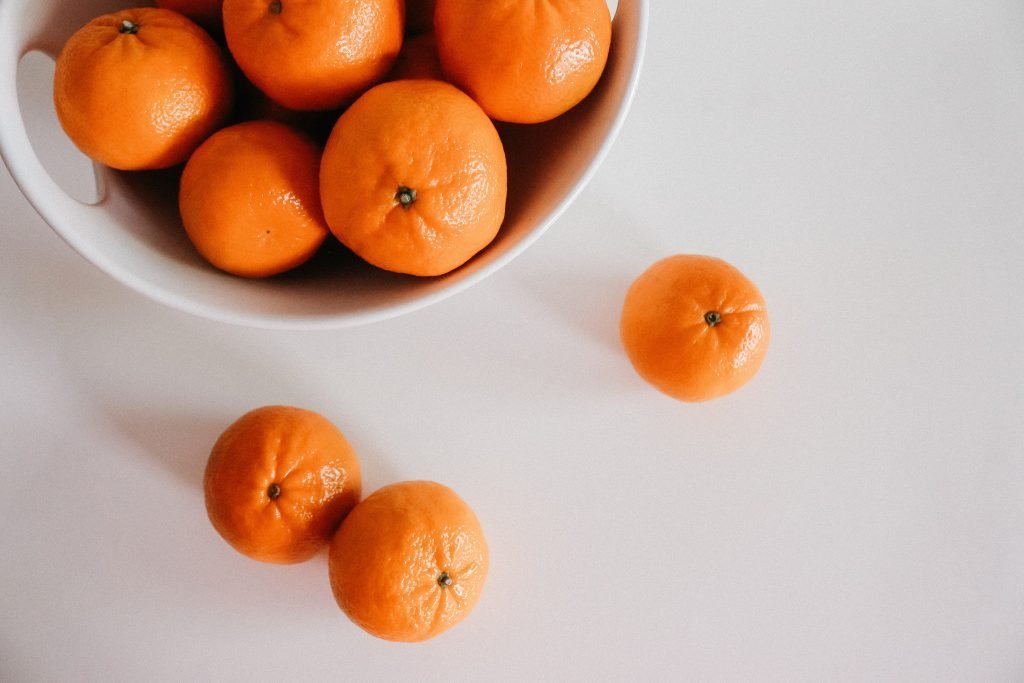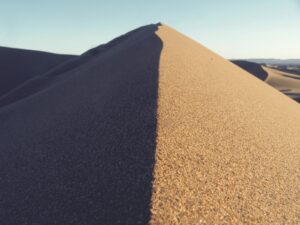Subscribe to the Newsletter
If you are interested in understanding how Traditional Chinese Medicine can improve your life sign up to my newsletter for the latest updates.

If you have or suspect you have Covid 19 and are already in an at-risk category what food helps Covid 19 problems?
For example, what if you are already taking medicine for an auto-immune problem, or are on medication for high blood pressure, or anti-inflammatory medicines such as NSAIDs, like aspirin, diclofenac, ibuprofen, indomethacin?
This site’s background is Chinese medicine. Chinese medicine is over 3000 years old. 2500 years ago they wrote a text-book on it, still used today. Problems with the human body and its energy probably haven’t changed that much since then. Someone counted over 200 pandemics they’d dealt with over the centuries. Don’t disregard their thoughts on it!
To help you understand the thinking you need to grasp one or two basic ideas. The first is that of yin and yang. There’s much more about this if you click here and here, but briefly:
Yin and yang are just two concepts, like left and right, or up and down. You can’t have one without the other. They are interdependent, but opposite: each has its roots in the other. The thinking and ideas of all the great Chinese philosophers had their roots in yin and yang: Lao Tse, Confucious, Mencius to mention just three.
Yang starts at the centre of the Earth and rises up through us to the Heavens.
Yin starts from the Heavens and descends downwards through us to the innermost part of our being and of the Earth.
More prosaically, Yin is the status quo, the existing situation, the earth, stability; in a country it’s the people. It is nourishing, cooling, descending, relaxing. It changes only slowly: if you plant seeds, with favourable soil, sun and weather, eventually a shoot will appear, then a stem, leaves and the rest.
By comparison, Yang is the defence, the border, the future, movement: enterprise, changeable and disruptive. It creates and destroys. It includes our thoughts and aspirations. Warming, ascending, enlivening: exciting, it changes fast. The shoot, stem and leaves mentioned under yin are yang manifestations. They often emerge in Spring, a yang time of year, with turbulent, changeable weather.
The seed, yang, lifts and changes the earth, yin, forming new life. Eventually that life gets older, withers and dies, returning to earth, yin again.
Yin and yang together enable a highly sophisticated approach to life. In Chinese medicine it can be intricate and complex, and can explain most health problems.
How this works out in health you can discover on other pages on this site. In my books I’ve described how it works out in life.
In a stable situation, yin and yang roughly balance each other. Everyone, old or young, has yin times of rest and sleep, and yang times of wakefulness and activity.

When you are very ill, you are probably in hospital, moving very little, depending on yang forces (health staff, ventilators, knowledge of physiology) to preserve you. As you improve, yang returns and you can walk, cook, talk and live your life.
You can have:
In health, our bodies when faced by unknown pathogens like Covid 19, should produce inflammation and heat: yang. That’s been how our bodies, with genes developed over millions of years, have always done it.
As heat speeds our metabolism, it works faster to develop antibodies to the pathogen. At the same time it raises your temperature to a point that favours your immune system and disadvantages the invader by taking it out of its comfort zone and ‘boiling’ it alive.
There’s much more on this in our page Cope with Fever. (Chinese medicine has a sophisticated understanding of how the body reacts when attacked by external pathogens like Covid 19, and what to do about it. Read more here.)
For what is meant by the word, read Suppression.
Modern medicine is very good at suppressing symptoms. We use it all the time:

Auto-immune diseases are those where the body ‘misjudges’ its condition and attacks, with inflammation, what it thinks is a pathogen. This happens in rheumatoid arthritis, for example.
In all these cases we use a medication that stops our body producing the inflammatory response our genes inherited. Since all medications have side-effects, we often need other drugs to control them. Those too have side-effects. It’s a problem! The yang inflammation is treated with yin cooling or suppressing drugs.
With Covid 19, like many colds and other forms of influenza, the virus enters our nose and throat and digs in. It may stay there for some days, gradually getting stronger, often with reinforcements from outside, until it attacks further in, to our lungs. When the body keeps it in the nose and throat, there is sneezing and raspy dryness.
By the way, not all countries seem to encounter these symptoms. I’m told that in South Africa diarrhoea is a bigger problem. Diarrhoea is cathartic: purging is definitely a way the body clears Heat, and is used in Chinese medicine. However, anti-diarrhoea or anti-motility medications like loperamide are not always such a good idea, if they keep the heat inside.
(I once had a patient whose skin rash and loose stools had started 30 years earlier after sitting on hot rocks during a holiday. The heat had transmitted via her Lungs and Large Intestine to her skin, causing years of misery and suppressive, palliative care, not to mention time with doctors and in hospitals: a few treatments to clear the internal heat and she got better.)
Ideally your body produces a quick fever, destroys the bug and returns to normal business.
But when the bug gets into your lungs, a moist, warm place (regularly cooled by drafts of air) it multiplies.
Your body has various choices.
Both pneumonia (yang excess) and drowning in phlegm (yin excess) are dangerous situations that Western medicine strives to avoid. Hence, suppressive medication, which keeps you alive. (Ventilators, by the way, are yang in that they force you to breathe when you might otherwise have stopped. They support your body’s weak yang energy to keep you alive.)
Your body will keep trying, as long as it has strength, to produce heat.
Suppressed by anti-inflammatory medication, yours is a weak yang response, gradually draining your yin reserves (your health and resilience, your family and your country’s health system).
From the above, what food for Covid 19 should you eat? That’s supposing, of course, that you are conscious and able to choose.
If in reacting to Covid 19 you are producing or attempting to produce
… what food for Covid 19 should you eat?
First, if you don’t think food has any effect on your pathology, either stop here, or take a deep breath! Chinese herbal medicine almost certainly started in the kitchen, and has grown over the millennia into a hugely sophisticated and powerful resource.
The Chinese regard food as being medicinal. Eat what keeps you well!

The following concentrates on just those symptoms mentioned above. If you have other symptoms, other foods might be necessary to take or avoid.
Just to remind readers … this page, about food for covid 19, is MAINLY for people who are taking medication to stop, suppress or reduce inflammation and fever.
For others, a quick fever might be a very successful way of overcoming Covid 19. See Cope with Fever.
However, even those who are NOT taking medication may prefer not to exacerbate their symptoms by eating the wrong foods. So this page does apply to nearly everyone with Covid!
Because your medication is trying to stop your body producing a yang, inflammatory reaction, you must avoid:
All the following have a yang effect in most people, being warming or heating. If you want to avoid increasing inflammation in your body, avoid them.
In Chinese medicine your digestion is regulated by what is called your Spleen. When stressed, your Spleen allows Damp to collect, making you feel lethargic, heavy and tired. It also, when stressed, cannot prevent Phlegm from appearing. Phlegm often lodges in the lungs though – in Chinese medicine – it occurs because the Spleen can’t clear it.
Some common foods increase damp and phlegm, or at least, they make it harder for your Spleen to prevent them. So avoid:


Being non-glutinous, these grains do not usually increase Damp or Phlegm, so make good food for covid 19 choices.
Barley is a little glutinous but many gluten-intolerant people seem able to tolerate it.

Remember, in mentioning foods for Covid 19, they should all be cooked.
If you eat a food raw, be very sure to take warm foods before and after, and to chew very well and long so that your mouth warms it up!
But don’t eat cold food, if at all possible. The same goes for cold drinks.
The following foods are traditionally beneficial for your lungs, but really this applies, in most cases, to when your lungs are NOT in acute distress. So look on them as being to support and build up lung strength either before you catch something, or after as you convalesce.
Before reading the list, please do realise that one portion, once, of the food in question, won’t achieve anything! Also, that you need to address good nutrition and nutritional habits in general first. In other words, you need a good digestion and good food habits before any specially-listed foods, like below, can work. For more on that, read Nutrition.
Put another way, if you habitually drink lots of iced coffee and coke, eat your main meal just before bedtime, snack on popcorn and instant foods the rest of the day while at work, eating the foods below won’t improve your lungs. Don’t waste your money on them! You need to do other things first.
What about when you lungs ARE in acute distress? The general rule is that when you are ill, other rules apply. What to do or not do depends on the diagnosis. Gradually we are adding information on food to each ‘syndrome’ but it’s a big job so you may or may not find what you’re looking for.
OK Here are food suggestions to help your Lungs function better.
Avoid foods that increase phlegm, including

Then, add Ginger: add ginger (slices cut from raw ginger root) to hot water, steep it and sip it frequently. Ginger helps both your Spleen and your Lungs. Also add diced ginger to stir-fry dishes and stews and soups. Not quite as good are turmeric root and fennel seed but they do have somewhat similar actions to ginger. Ginger is warming – yang – but does not seem to increase heat in your body unless taken in huge or very concentrated quantities, or in its powdered form.


See cough for more on this large subject. That page explains how many ways coughs can be differentiated into syndromes, each requiring a different treatment and approach, diet-wise.
From what I’ve heard there are two kinds of cough caused by Covid 19. Let me know if you are aware of different coughs.
Caused by either Phelgm or Damp. Read those two pages for explanation.
These are excess yin conditions and benefit from avoiding foods that cause phlegm or damp, which are listed above, but to recap: dairy, sweet, glutinous, raw and cold or iced food – and Keep off Ice-Cream! (Read also our page on Phlegm after Eating.)
Above you’ll also find a list of foods that help clear Phlegm and Damp.
This can be due to 2 main syndromes in Chinese medicine: sometimes they occur together.
However, underlying both these conditions is Lung Yin deficiency which can arise as a result of either of the above syndromes. It occurs usually after one bad bout of either Lung Heat or Lung Dryness, or a succession of them.
So, here, you really need a proper diagnosis before designing your diet.
Using yin and yang, we can say that
Since the first two can be confused, it is really important to get that diagnosis because if you add moistening foods to an excess yang condition (in an attempt to cool it, like putting water on a fire to douse it) you may get Phlegm, a worse problem! And if you think it’s a deficiency of yin moisture and add the wrong foods or herbs you may fan the flames of yang heat.
Also, sometimes you get first Lung Heat which dries out the Lungs. When you think you’ve got Lung Dryness you may actually still have residual Lung Heat.
If so, it is imperative to clear Lung Heat before tackling Lung Dryness! How, you ask, would someone know? Probably from your tongue and pulse and from looking at you and talking to you.
Find someone experienced to see near you. Failing that, I may be able to help with a Skype-type consultation.
Also, just to make it harder, it is possible to have a dry cough together with phlegm deep down, making it very hard to raise or expectorate.
Try reducing how often you eat. Compress all your eating into an 8-hour slot. For example, skip breakfast and eat just lunch and (early) dinner. This applies particularly if you are full of phlegm.
This rest from eating over a 16 hour period daily will help your Spleen recover faster. If you are taking little exercise during your illness your body won’t miss the food.
When you do eat, chew well, making it easier for your body to digest food and extract the nutrition it needs.
However, this does not mean that you should eat more during the eight-hour eating slot to make up for the missed meal! In fact, you do best to reduce your food intake somewhat.
Also …

Make up for the missed food by drinking more. More fluid is what your body almost certainly needs, to flush away the phlegm and moisten the dryness.
Your body will appreciate fluids more when drunk warm. So pick a range of herb or fruit teas that you like and have lots of them. It doesn’t really matter what, unless you really know what you’re doing when of course you can choose particular herbs for your condition.
The main thing is to increase fluild intake and eat less.
And rest lots.

Stay in Touch!
No spam, only notifications about new articles and updates.

Book a Video consultation if you want to know more about your symptoms
Yes, mildly: dry cough, deep phlegm, bowel disturbances, night sweats, very tired – but hardly any fever.
I took my own advice – this page – limited eating to an eight-hour window, and mostly avoided the ‘wrong’ foods.
However, due to craving, I had some cheese, and was immediately rewarded with an increase in phlegm.
When after some days, my symptoms seemed much better (I had also given myself an acupuncture treatment to dry or ‘astringe’ my lungs which almost completely cleared my cough) I started eating breakfast again, and had a coffee and a chocolate-ginger biscuit (cravings, again, and don’t fool yourself! these are guaranteed bad for you), my cough returned.
Somewhat chastened I reverted to my own advice and improvement continued.
But it just goes to show, it’s easy to think you’re better when your body isn’t actually ‘mended’. So keep to the diet for some days even after you think you are cured. And rest lots.

This Introductory Chinese medicine course introduces you to the amazing thinking behind this ancient medicine, now increasingly in demand.

The Scottish College for Chinese medicine provides introductory courses for all, explaining Chinese medicine and its cultural background.

Master Tung’s acupuncture is a hidden treasure, lost to China but recovered in Taiwan from where it spread round the world.

Knee pain has five main causes. It’s certainly worth trying acupuncture before you resort to surgery!
Subscribe to the Newsletter
If you are interested in understanding how Traditional Chinese Medicine can improve your life sign up to my newsletter for the latest updates.
Subscribe to the Newsletter
If you are interested in understanding how Traditional Chinese Medicine can improve your life sign up to my newsletter for the latest updates.